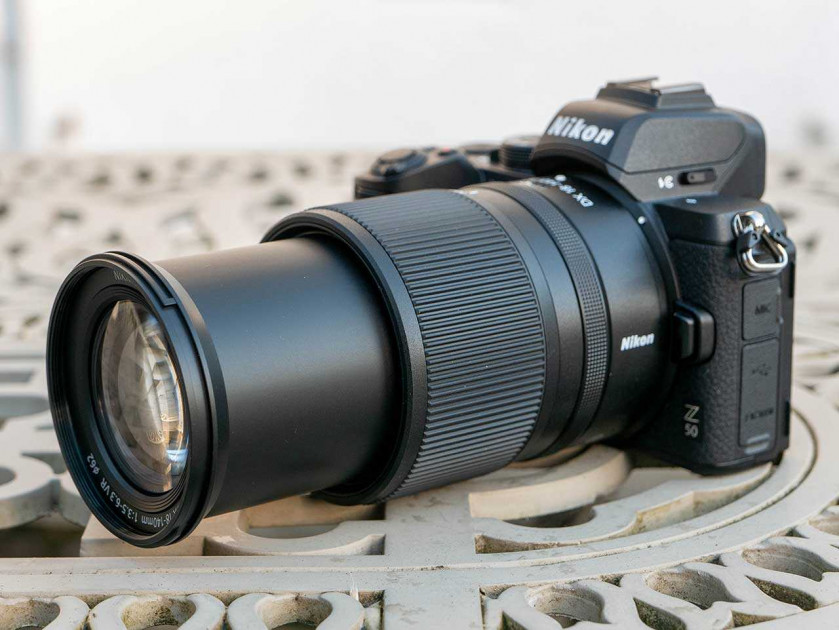In prior series, the photographer staged insects (Of Monster & Dragon) and sea creatures (Creatures of the Seven Seas). This time around his work is dedicated exclusively to snakes. Once again, he has photographed against a white background, isolating the reptiles from their environments. When creating his prints, he opts, as always, for the rare and expensive historic development process with platinum, and invites the viewer to explore the beauty of these dangerous creatures from up close. Jan C. Schlegel explains that, upon closer examination, his work is not so much about the pictures of the reptiles themselves, but rather, about dealing with one’s own fears.
In your Of Monster & Dragon series you dealt with the fascinating world of insects; then came Creatures of the Seven Seas; and with Of Fear and Death, it’s all about snakes. How did this continuation of nature studies come about?
I wanted to work on a series that deals specifically with the subjects of fear and death. Maybe, also, because I’ve noticed that increasing numbers of young people have to battle with fears. So I looked for the possibility of showing the beauty and uniqueness of things that we may be afraid of. I think that snakes are animals that most people fear, and don’t dare to look at too closely.
Where did you photograph the Of Fear and Death series?
I began in Spring, 2019, and actually hoped to be finished with the series by the middle of 2020. Yet, because of Corona, travelling became difficult; so I ended up taking the last picture for the series in Spring, 2021. I photographed on-site at breeders and snake keepers in Thailand, the Netherlands, the Czech Republic and Germany. In total, I took pictures of 35 snakes, of which 16 appear in the series.
What is it that you want the photographs to convey?
It fascinates me to reveal things that you can’t and normally wouldn’t see. I want to show details, shapes and structures, highlighting the uniqueness of every living creature, and nature and its beauty. Colour distracts, which is why I photograph in black and white. It’s also about the secretive; the mysterious.
Which reptiles did you select for the presentation?
Of course, the series is very much about shape and structure, so this was the essential criteria for the selection of the snakes. Since the title is Of Fear & Death, the only snakes that were an option were those that really are life-threatening. Each snake is a representative of its native habitat: China, Australia, America, Africa, Thailand, Malaysia and other places.
How did the photographic process work out? What challenges came up?
Taking the pictures was not as easy as I had originally imagined: a snake, picked up by its owner, was placed in a specially prepared white box; and a camera on a tripod was placed, strictly vertically and without protective glass, above it. The biggest challenge was that the snake had to “cooperate” – it had to present a beautiful shape – such as, for example, when the green mamba created the totally unexpected double heart. Of course, some snakes are very quick, and in a matter of seconds could be anywhere in the room. So the danger really was a challenge for me. It was clear to me that I had to deal with my own fears to be able to produce a series where the viewers could ponder on things that make them afraid.
Combined with the prints, your photographs are true works of art.
I’m not concerned with scientific documentation; I’m interested in a new and, if possible, perfect way of showing the beauty of the photographed object. I found that making platinum prints offered the best chance to present my subjects perfectly; because, with platinum, each picture becomes unique, just like the creatures themselves. Platinum brings out detail and gives depth, like no alternative photographic process can do.
Please explain something about the particularities of platinum prints.
I consider platinum the best possibility for producing the perfect presentation, down to the smallest detail. No other photographic process produces such depth: the platinum process can cover the largest range of grey scale, and reveal the greatest amount of detail in the blacks.
What was the biggest challenge involved in working with platinum prints?
The process has a number of levels. Everything is done by hand, and is very costly. A platinum solution is spread on the paper. Exposure, in contact with the negative, produces metallic platinum, which reveals the image. Unexposed platinum is washed out with a weak citric acid, and then the image is soaked intensively in water for several hours.
What role does the paper play, and why?
With platinum, paper plays an essential role. For these kinds of pictures, only Arches Platinum Paper worked, it was only here that I got a pure white. Because of the chemical processes, no chemical residue should remain on the paper; so it must be pure cotton.
Which Leica camera system – body type and lenses – did you use for this project?
The Leica S007 with Summarit-S 70 f/2.5 ASPH (CS); Summicron-S 100 f/2 ASPH; and APO-Macro-Summarit-S 120 f/2.5 (CS). All three lenses are outstanding, and have the necessary optical performance to be able to realise this series. The sharpness of these lenses is simply unbeatable.
Born in Triberg in the Black Forest in 1965, Jan Schlegel‘s passion for black and white photography unfolded during a workshop with Walter Schels. Toni Schneiders, a successful photographer in his region, became his mentor. Schlegel works a lot in the portrait photography genre; his focus is on themes of globalisation and identity. His pictures are displayed internationally in galleries, exhibitions and art fairs. Find out more about his photography on his website and Instagram channel.
Leica S
The best tool.











